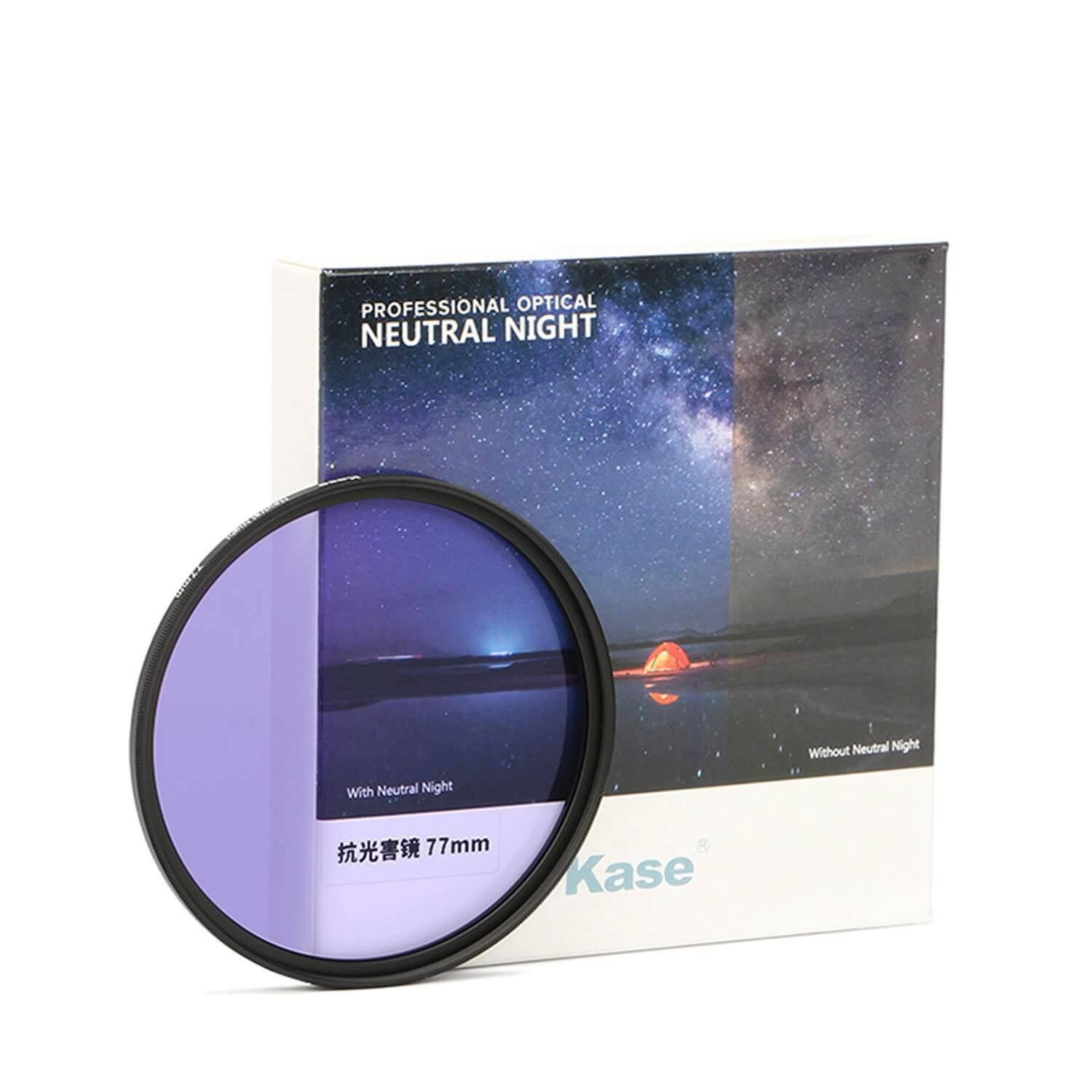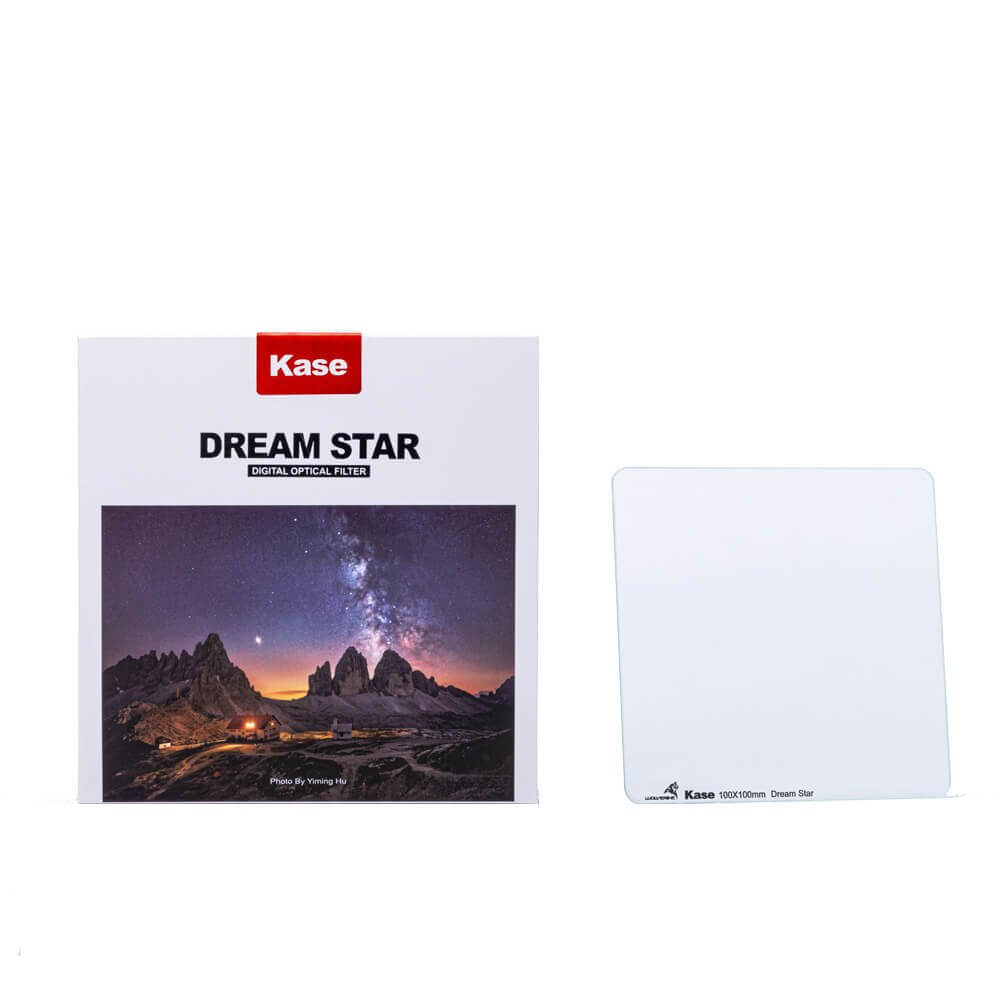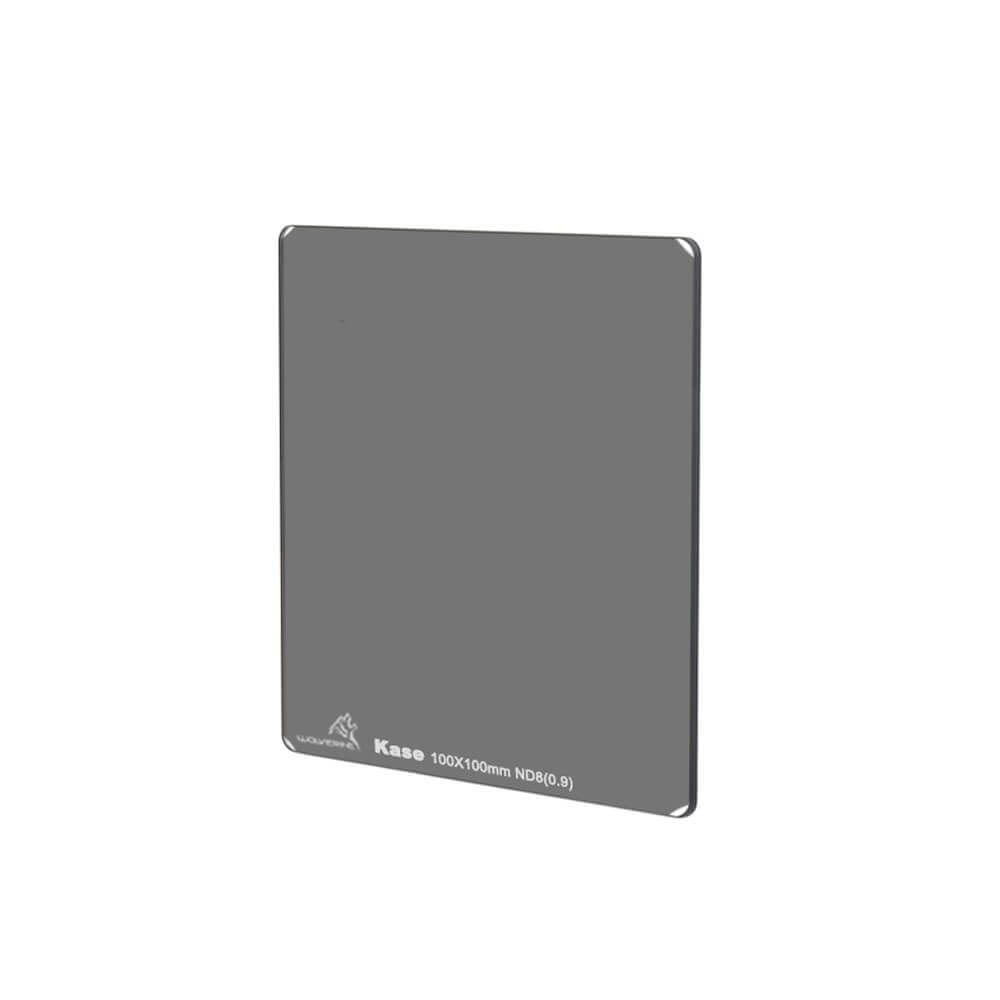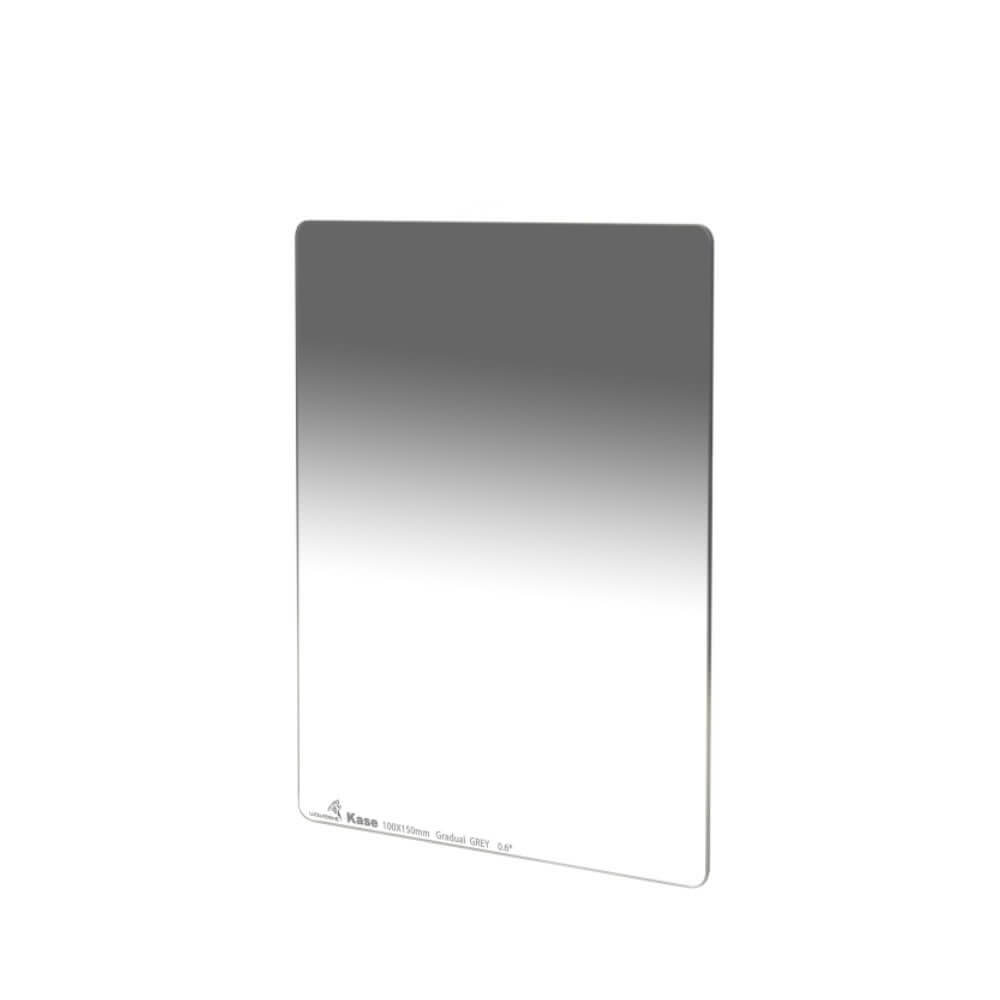General

Mastering night photography with ND Filters
Cityscapes with beautiful lights, traffic light trails and bridges at night. Shooting at night has a lot to offer and no surprise it’s so popular even among beginners. While many photographers do not consider using ND filters for night photography and use them only during the daylight, these filters can enhance your experience. We’re here to show you what’s the point of ND filters at night.
Can you use ND filters at night?
The short answer is yes, but only in certain situations. At first glance, the role of ND filters might seem a bit elusive in night photography since there is not so much light already. The common belief is that these filters are reserved for the brightness of the day. In reality, ND filters can be used in low-light conditions, helping you create beautiful long exposures for your night shots.
ND filters, or Neutral Density filters, are designed to reduce the amount of light entering your camera. Traditionally used during daylight to control exposure in bright conditions, their application extends into the world of night photography. To use ND filters in night photography, your scene, of course, will need to have enough light!
Top filters from Kase for night photography
What do you need to use ND filters for in night photography?
- Long-exposure night photography: One of the key reasons for using ND filters at night is to get longer exposures and slower shutter speeds. In low-light conditions, achieving the desired exposure might require your camera's shutter to stay open for an extended period. ND filters become instrumental in controlling the amount of light hitting the sensor and help to have longer exposure while keeping a small aperture for a maximum depth of field.
- Motion-blur effect in low-light conditions: This effect is particularly advantageous in scenarios where you want to convey a sense of movement, such as capturing the flowing trails of car lights on a city street or the gentle motion of water under moonlight. By extending the exposure time, ND filters allow for a controlled and artistic incorporation of motion blur, adding more dynamics to your night photography.
- Blurring and removing objects from the photo: By using an ND filter, you can extend the exposure and blur or even erase unwanted objects, such as passersby or moving vehicles, from your night photos. Can it be done in post-processing you may ask us? Yes, but if you have a crowd in your scene, you’ll need to put some effort into removing that after.
- Balancing contrasts: Night photography often involves high contrasts between dark shadows and bright light sources, such as city lights or the moon. By reducing the intensity of the brighter areas, ND filters help balance the overall exposure, preventing highlights from being blown out and preserving the details in the darker regions. You might also consider soft and medium graduated ND filters to darken only half of the image.
Situational use of ND Filters at night
Night photography is diverse. Here's when and where using ND filters can be beneficial:
- Cityscapes: Capture the vibrant city lights without overexposing the scene. Longer exposures allow revealing the details of the cityscape while preserving the brilliance of the lights.
- Light trails: Experiment with extended exposures, allowing moving lights, such as those from passing cars, to paint captivating trails.
- Water reflections: Use ND filters to achieve smooth and ethereal reflections on water surfaces.
- Fireworks photography: Capture multiple trails of fireworks in the night sky in a single frame.
- Urban night scenes: Use ND filters to manage bright artificial lights against dark backgrounds.
Feel free to experiment with different filter strengths and camera settings to uncover the full potential of ND filters in night photography.
What ND filters to choose for shooting at night?
ND filters come in variety of strengths which allows to shoot to different situations. The higher the number of ND filter, the stronger the light reduction. For night photography, you should choose filters with not a lot of number of f-stops to not get an over darkened image. One of commonly used filters is ND8 (3 stops). You might also try ND4 (2 stops) for when you need slight light reduction, ND64 (6 stops) and up to ND1000 (10 stops) for shooting bright cityscapes.
In conclusion: Is it worth using ND filters in night photography?
ND filters can be your reliable companions for mastering night photography. Explore the possibilities, experiment with different strengths, and get the best out of long-exposure night shooting. Visit our online store and start your night photography journey with Kase.
Did you like our article? Here's some more for you:
Are you not sure which filter is best for you?




